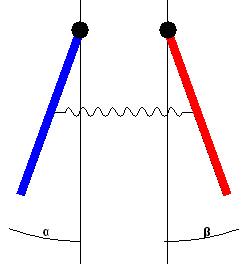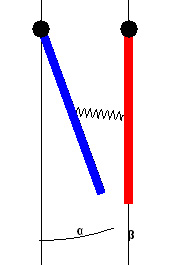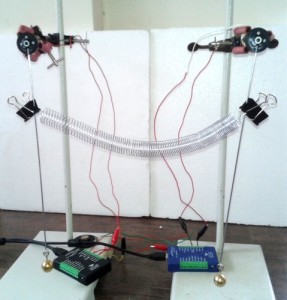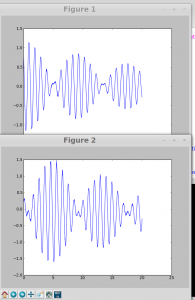Enjoyed setting-up sound resonance experiments. It really fun doing sound experiments with ExpEYES.
Polished the python code written yesterday. Now it is more flexible, user can digitize sound from any source and get the waveform on the screen. Using Xmgrace frequencies can be obtained.
Curve fitting function in the program is not giving correct results. It needs to be corrected.
Also with the new program we can vary the frequency of sound generated by the buzzer and one it matches with the natural frequency of resonator, a loud sound is generated. Used Helmholtz equation to relate frequency with volume.
Tried the code with different vessels, a bottle, a test tube a pipe and a round bottom flask (borrowed from chemistry lab.) Results are amazing.
Here is some useful information: (Source)
Some small whistles are Helmholtz oscillators. The air in the body of a guitar acts almost like a Helmholtz resonator. An ocarina is a slightly more complicated example, because for the higher notes it has several holes. Loudspeaker enclosures often use the Helmholtz resonance of the enclosure to boost the low frequency response. Here we analyse this oscillation, informally at first. Later, we derive the equation for the frequency of the Helmholtz resonance.

The vibration here is due to the ‘springiness’ of air: when you compress it, its pressure increases and it tends to expand back to its original volume. Consider a ‘lump’ of air at the neck of the bottle . The air jet can force this lump of air a little way down the neck, thereby compressing the air inside. That pressure now drives the ‘lump’ of air out but, when it gets to its original position, its momentum takes it on outside the body a small distance. This rarifies the air inside the body, which then sucks the ‘lump’ of air back in. It can thus vibrate like a mass on a spring . The jet of air from your lips is capable of deflecting alternately into the bottle and outside, and that provides the power to keep the oscillation going.















